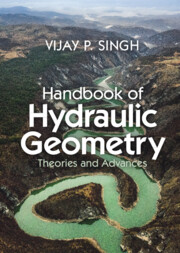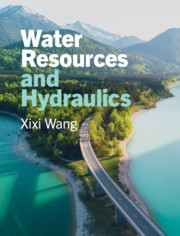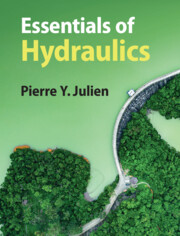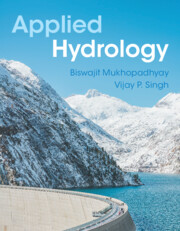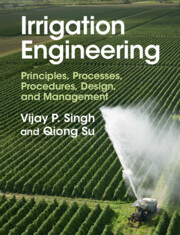Handbook of Hydraulic Geometry
Hydraulic geometry describes the relations between stable channel characteristics and discharge and adjustments made by a stream in response to changes in river discharge and sediment load. This book introduces hydraulic geometry and discusses different theories and their applications in river engineering, thus providing a comprehensive summary for hydraulic engineers, as well as graduate students and researchers in fluvial geomorphology and hydraulic and environmental engineering. Topics covered include the basis of power form of hydraulic geometry relations, validity and stability of power relations, state and assumption of equilibrium, variability of exponents, variation of channel width and velocity, and the effect of stream size and river channel patterns.
- Provides a step-by-step treatment of hydraulic geometry theories
- Includes comprehensive treatment of the different theories of hydraulic geometry, bringing together different disciplines
- Discusses and integrates recently developed theories of hydraulic geometry
Reviews & endorsements
'… an excellent reference for scholars and researchers in geomorphology, hydrology, and hydraulic engineering … Highly recommended.' E. Gomezdelcampo, Choice
Product details
November 2022Adobe eBook Reader
9781009222150
0 pages
This ISBN is for an eBook version which is distributed on our behalf by a third party.
Table of Contents
- 1. Introduction
- 2. Governing Equations
- 3. Regime Theory
- 4. Leopold and Maddock (LM) Theory
- 5. Theory of Minimum Variance
- 6. Dimensional Principles
- 7. Hydrodynamic Theory
- 8. Scaling Theory
- 9. Tractive Force Theory
- 10. Thermodynamic Theory
- 11. Similarity Principle
- 12. Channel Mobility Theory
- 13. Maximum Discharge and Froude Number Hypothesis
- 14. Principle of Minimum Froude Number
- 15. Hypothesis of Maximum Friction Factor
- 16. Maximum Flow Efficiency Hypothesis
- 17. Principle of Least Action
- 18. Theory of Minimum Energy Dissipation Rate
- 19. Entropy Theory
- 20. Minimum Energy Dissipation and Maximum Entropy Theory
- 21. Stream Power
- 22. Regional Hydraulic Geometry
- References
- Index.

